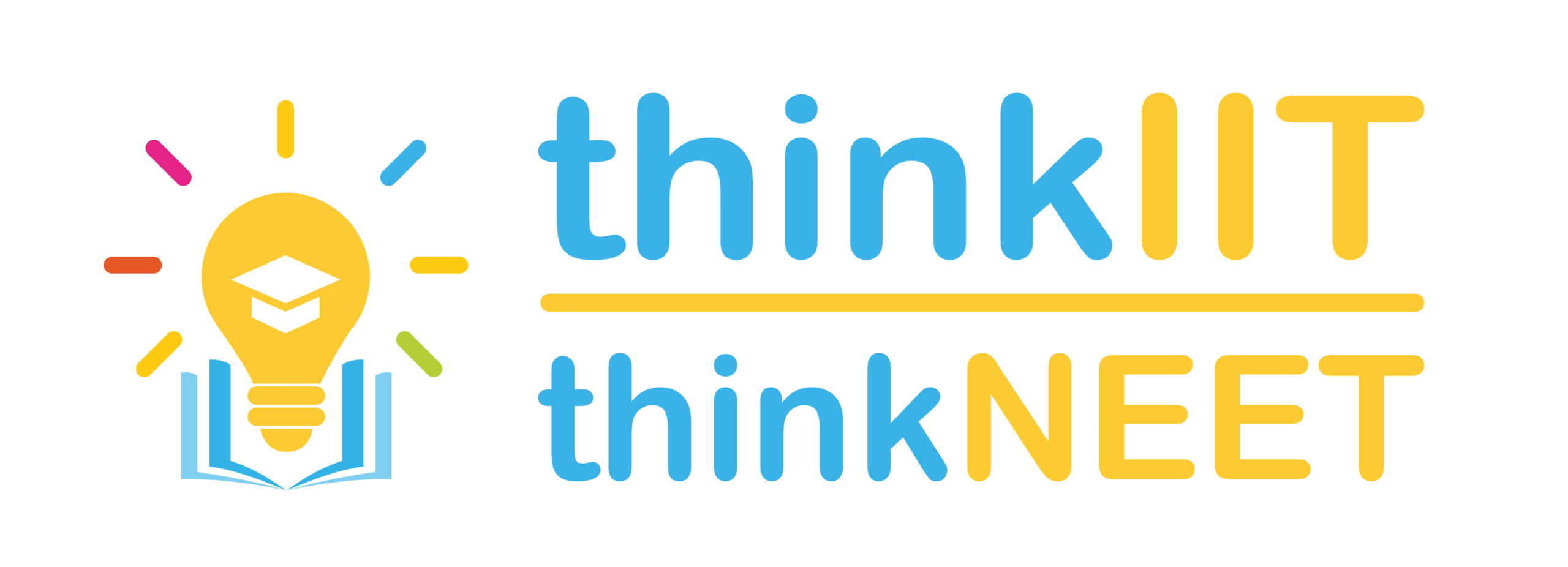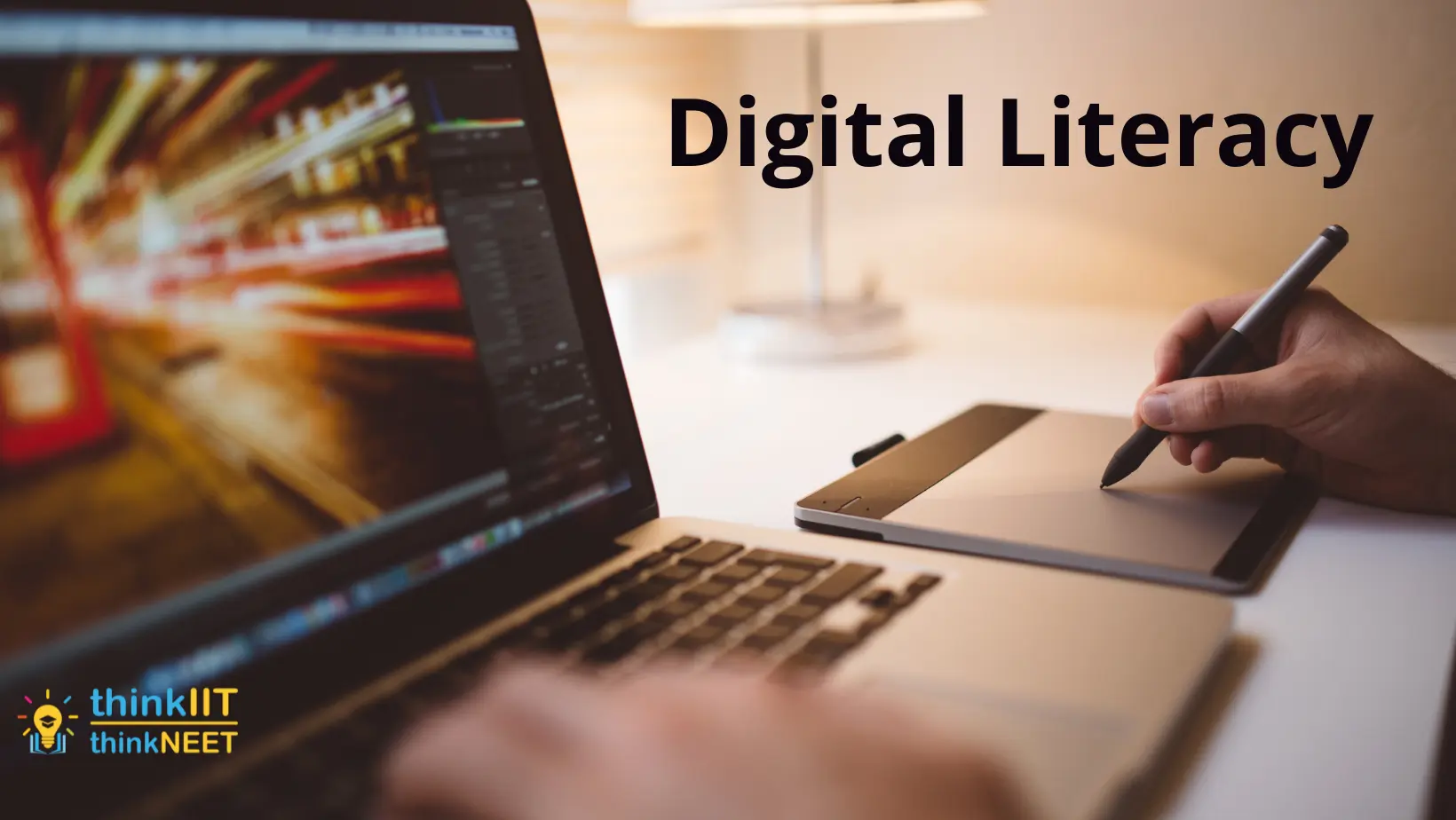The importance of promoting digital literacy in the classroom may not be obvious at first. Approximately 90% of US households have access to a computer, and many children are more adept at using digital devices than their parents. Digital literacy, on the other hand, isn’t just about computer literacy or technical know-how; it also includes online information, social interactions, and the changing ways that students interact with the world.
So, What Is Digital Literacy?
The ability to find, evaluate, create, and communicate information on digital platforms, such as computers and mobile devices, is known as digital literacy. Digital literacy does not replace traditional notions of literacy; rather, it expands on them to address computer and another digital device competency, as well as internet and social media competency.
Digital literacy has implications for both curriculum and teaching methods for teachers. Digital literacy includes students’ mastery of foundational computer skills such as manipulating input and output devices, navigating and managing file systems, and using search and navigation tools, as well as the use of computers in the classroom, educational software integration, and expanding access to school materials via the internet.
Digital literacy also includes teaching students skills and practices related to digital information, such as verifying the credibility of online information, using digital resources ethically, and protecting online privacy.
Unfortunately, because digital literacy is still a buzzword that is thrown around without definition, it can be difficult to picture what it means to be digitally literate.
We have list down 7 Ways to Teach Digital Literacy:
Emphasize the importance of critical thinking
Today, the majority of our media comes from online sources, some of which are more reliable than others. Of course, the fact that so much information is accessible to anyone with an internet connection is unquestionably beneficial. However, today’s students are more vulnerable to subliminal messages, misinformation, and fake news.
With this in mind, helping students become critical consumers of information is an important part of teaching digital literacy. Begin by encouraging students to ask questions, then go straight to the source and double-check for objectivity.
Use social media for learning and collaborating:
Students today are already active on social media, and in many cases, they may be better at it than their teachers. As a result, the emphasis should not be on teaching students the ins and outs of social media, but rather on demonstrating how it can be used in a classroom setting.
Guide how to avoid plagiarism:
Although the Internet hasn’t made plagiarism any easier, it has altered the way it occurs, and students may now be plagiarising without even realizing it. Many students do not understand plagiarism, according to a study published in the journal Higher Education, but they do want more information on what it is and how to avoid it.
Teach students to manage their online identity:
We all leave a digital footprint and have an online identity, whether we are conscious of it or not. Students who have grown up using social media are more likely to assume that their data is stored online and, as a result, are less likely to think about protecting their privacy by managing their privacy settings, reading privacy policies, and acting respectfully online as they would in person.
Whether we are aware of it or not, we all leave a digital footprint and have an online identity. Students who grew up using social media are more likely to believe that their information is stored online and, as a result, are less likely to think about protecting their privacy by managing their privacy settings, reading privacy policies, and acting as respectfully online as they would in person.
Help students manage digital distractions
In many ways, digital tools and online resources have made learning more effective, but they’ve also introduced new distractions. Many of us, according to research, struggle with digital distraction, which can make us feel disconnected and drained, as well as reduce our enjoyment of life’s experiences. Juggling multiple media streams can also cause students to multitask, which isn’t a good thing because multitasking has been linked to lower grades in the past.
So, another digital literacy skill that shouldn’t be overlooked is the ability to manage distractions while using digital tools for learning and professional purposes. Taking tech breaks throughout the day, muting notifications while studying, using productivity tools, and setting goals around technology use are some examples of distraction-management strategies.
Provide authentic contexts for practice
Finding ways for students to practice using technology in ways that mirror its real-world applications is another important part of teaching digital literacy, whether that means giving students opportunities to build their websites and apps or respectfully engage in online discussions.
When teaching students about the importance of managing their online identity, for example, you could have them conduct online research on themselves to see what a potential employer would see. You could then have a discussion with them about their findings, asking them to list some of the things they were proud of as well as some of the things they’d like to change.
Guide students out of their comfort zone
We all have a comfort zone when it comes to technology, but if we want students to become innovative and well-rounded users of technology, it’s important to guide them out of their comfort zone whenever possible. Of course, this will mean something different for each student.
Giving students more freedom of choice and encouraging them to use technology in new and creative ways, whatever the case may be, is one of the best ways to help them get a head start once they enter the workforce.
Digital literacy and e-safety:
While our online world has the potential to provide enormous value, it also carries inherent risks, particularly for children. While younger generations are dubbed “digital natives” when it comes to safety, the truth is that they are often no more literate than their parents.
Children are more vulnerable to criminals and bullies on digital platforms, especially during times of lockdown and social isolation. They can lead to feelings of inadequacy, detachment, isolation, and even the development of mental health issues as students compare their lives to the often-fabricated online lives of others. They can also expose students to deception, manipulation, and fake news.
Many students have access to a personal or school-provided device—a phone, tablet, or computer—that allows them to access information from all over the internet. Teachers and parents must help students navigate and interact effectively with the digital world as the use of digital resources in the curriculum grows.
Powered By thinkIIT




